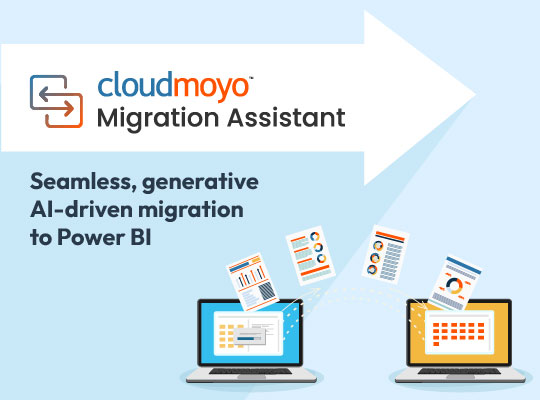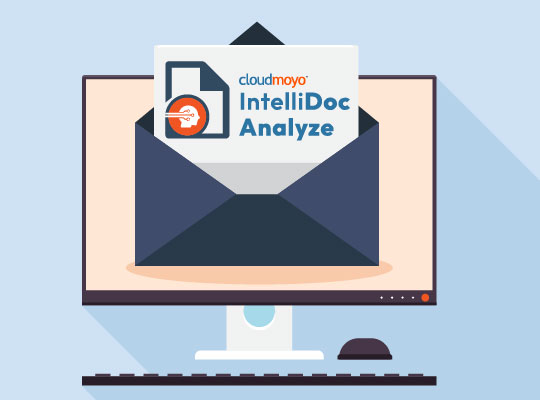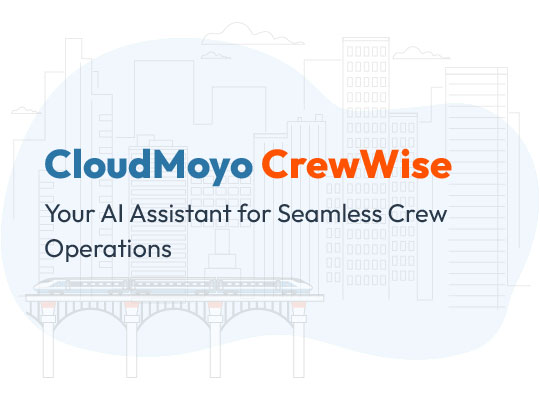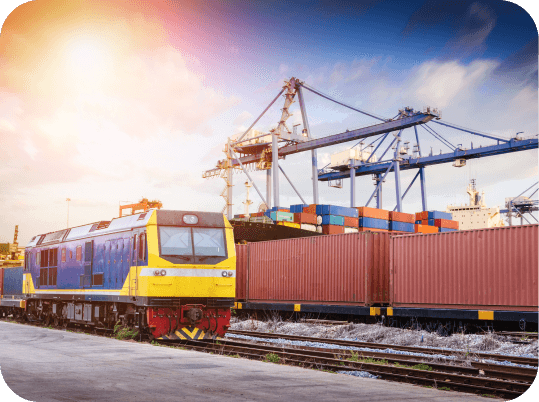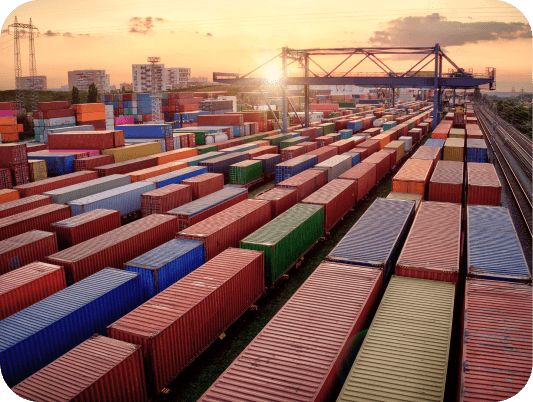Companies are rapidly embracing AI for business growth and development across all functions. According to a report by Forbes, 72% of businesses have adopted AI for at least one business function. Yet, one critical aspect in the AI conversation is often overlooked: the environmental impact of widespread AI adoption.
As AI transforms operations at scale, it inevitably drives substantial carbon footprints. A report by McKinsey says that power demand for data centers in the United States is expected to reach 606 terawatt-hours (TWh) by 2030, up from 147 TWh in 2023. While the business imperative to harness AI is clear, it also creates an urgent need to address the environmental challenge that comes with it.
The first step is to measure and quantify sustainability efforts – both those that are already in place and those that will be essential going forward. The good news? AI itself can play a key role in this process. But before we dive into how AI can help quantify sustainability, let’s first explore the rate and scale of AI’s integration into business processes.
AI is Reshaping Enterprises at an Environmental Cost
AI has moved from experiment to full-scale enterprise integration. We see a complete transformation of digital infrastructure and operational models:
- Tech stacks are evolving rapidly
- Human skills are being redefined in real-time
- Processes are becoming autonomous and intelligent
This evolution brings efficiencies, but also introduces environmental strain, particularly from computer-intensive processes and the massive need for data storage. For example, data centers that power AI systems are projected to consume nearly seven billion cubic meters of water by 2027. This paradox highlights the need to strike a balance between the benefits of AI and its resource demands.
To alleviate some of the strain, many companies are stepping up by launching initiatives that integrate Environmental, Social, and Governance (ESG) principles into their core strategies.
Here are a few examples of how companies across sectors are integrating environmental aspects of ESG:
- In the manufacturing sector, the major fitness company Nike has recently launched the Move to Zero campaign, which aims to achieve zero carbon and zero waste.
- In the consumer sector, Nestlé has committed to providing 100% recycled plastic in its packaging, with 88% of total packaging and 62% of plastic packaging being recyclable or reusable.
- In the AEC sector, AECOM achieved operational net-zero carbon emissions in 2021 through measures like decarbonizing fleet vehicles and switching to renewable energy tariffs.
- In the healthcare sector, Kaiser Permanente has committed to achieving carbon neutrality in its operations, investing in renewable energy projects and promoting sustainable building practices in new healthcare facilities.
These initiatives represent significant progress, and AI can play a crucial role in helping them achieve their goals, whether through forecasting or reporting. Take Nike’s Move to Zero campaign, for instance. AI can help in optimizing material use, reducing emissions, and supporting circular design. However, as enterprises increasingly rely on AI to accelerate their ESG initiatives, they must also be aware of AI’s carbon footprint – whether they use it for those initiatives or in-house technology. Let’s explore this further in the section below.
AI as a Catalyst for Scalable Sustainability
AI’s environmental cost is real, but AI itself has the potential to become a part of the solution.
To balance the scales, companies need to move from passive ESG reporting to proactive. While AI is gaining traction across industries – from manufacturing and consumer goods to AEC and healthcare – many remain fragmented, reactive, and manual. To create sustainable progress that drives real business value, organizations must quantify sustainability across every department, supply chain, and ecosystem.
This is where AI steps in. The three forms of AI are foundational machine learning, generative AI, and agentic AI. These evolving technologies are ready to do much more than just automate sustainability efforts. They can predict trends, generate insights, and even execute complex tasks. Let’s dive deeper to understand how that can be done:
-
- Measure and Predict with Foundational AI/ML
Foundational AI and machine learning can process massive volumes of historical and real-time data to reveal trends, risks, and opportunities. Whether it’s monitoring energy usage, tracking carbon emissions, or identifying inefficiencies across facilities, AI enables organizations to:-
- Conduct lifecycle assessments across departments
- Monitor emissions, waste, and water usage in real time
- Predict environmental risks and compliance gaps
- Align reporting with UN Sustainable Development Goals (SDGs)
Foundational AI/ML is more than just a dashboard; it’s a decision-making tool that can connect sustainability with bottom-line results.
Take construction companies, for example. They must define the goal and scope of a project, analyze inventory, conduct impact assessments, interpret data, and document & report the whole construction process.
-
- Interpret & Automate with Generative and Agentic AI
Manual ESG reporting and fragmented data are two of the biggest roadblocks to sustainability progress. Generative and agentic AI tools streamline these processes by:-
- Auto-generating ESG reports and regulatory summaries
- Extracting environmental clauses from large volumes of government contracts
- Automating compliance tasks, supplier checks, and internal audits
This automation helps teams focus less on compiling data and more on taking action – like the real-world examples below!
-
- Measure and Predict with Foundational AI/ML
Real World Examples of AI Driving Sustainability Efforts
These three key AI technologies – foundational AI/ML, generative AI, and agentic AI – help enterprises move beyond ESG dashboards to embed sustainability into business strategy.
Several companies have successfully turned to AI, using it as a powerful tool to drive sustainability while achieving measurable growth:
- Siemens: Siemens’ Drivetrain Analyzer Cloud uses AI-based optimization to improve energy efficiency in industrial operations, reducing energy consumption by up to 20%.
- Google: Google has improved the carbon efficiency of AI workloads by 3x using TPUs, as detailed in their sustainability report. They also optimize data center cooling with AI-powered deep learning models.
- IBM: IBM’s Cloud Carbon Calculator helps organizations track and reduce their greenhouse gas emissions using AI-driven insights.
- Microsoft: Microsoft is advancing AI sustainability through energy-efficient cloud computing, as outlined in their blog on AI energy efficiency.
By infusing AI into sustainability efforts, enterprises can move from tracking ESG performance to actively scaling their environmental impact, ensuring that sustainability initiatives don’t just exist but thrive at scale.
CloudMoyo’s AI Expertise
We’re passionate about combining the power of cloud, AI/ML, and real-time data analytics to turn sustainability into measurable business outcomes. CloudMoyo’s solutions – CloudMoyo IntelliDoc Analyze, CrewAI, AutoGen, LangGraph – support organizations to:
- Automate compliance with environmental and regulatory standards
- Unlock insights from unstructured data to track sustainability metrics
- Modernize legacy systems for greener, more efficient operations
Backed by our FastTrackToValue™ methodology, we can accelerate sustainability transformation across departments by infusing ESG data into procurement, operations, and enterprise decision-making.
Ready to move beyond static ESG dashboards?
CloudMoyo empowers organizations to embed sustainability into everyday decisions, making their sustainability efforts measurable, automated, and scalable.
CloudMoyo’s Sustainability Impact: Soil Type Prediction with AI
We’ve dug deep (literally) to make AI drive a real, sustainable impact. Here’s how we did it.
A major U.S.-based engineering firm faced a challenge in predicting soil types at construction sites without relying on time-consuming, expensive borehole testing. With no internal data science, they partnered with CloudMoyo to explore AI as a practical alternative.
We built a machine learning model that could accurately predict soil types using just geospatial and historical data. No boreholes, no heavy machinery, just faster and smarter insights.
The result?
- Faster site assessments
- Lower testing costs
- Fewer field visits
- Better cost planning
- Fewer surprises during construction
And beyond that, the solution laid the groundwork for future AI-driven innovations across their operations, making sustainability not just a goal but a capability.
Read the case study here to learn how we did it >>>
A Smarter, AI-Driven Path to Sustainable Growth
By leveraging AI tools that quantify sustainability and automate ESG efforts, enterprises can lead with responsibility. Building a better future starts with measuring what we have now.
To explore the broader vision of aligning AI and sustainability, check out this blog – Rethinking AI with the Planet in Mind – which explores AI’s impact on the world and calls for responsible, ethical AI technology practices for a sustainable future.
CloudMoyo is here to help you do both – scale intelligence and build sustainable impact. Let’s reimagine the future of business where growth and sustainability go hand in hand.
Ready to scale your sustainability goals with AI?
Contact us to explore how we can co-create a future that’s intelligent, resilient, and sustainable >>










